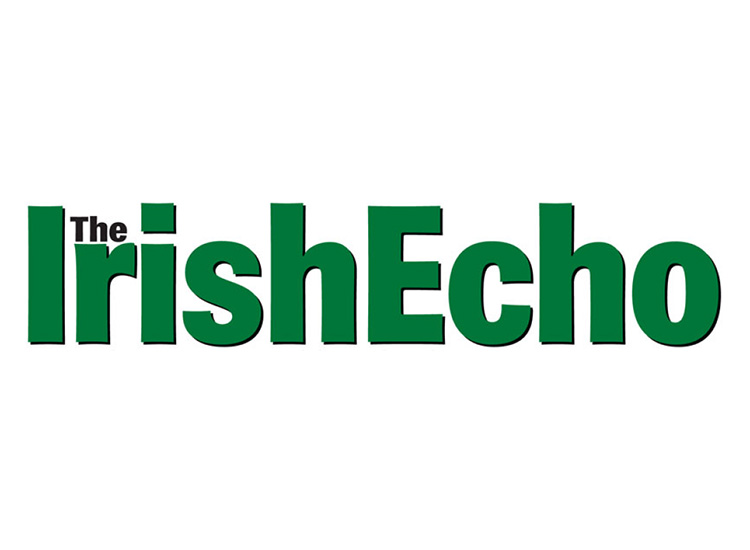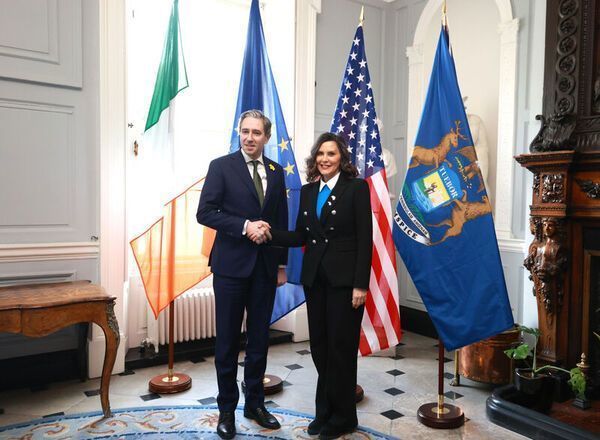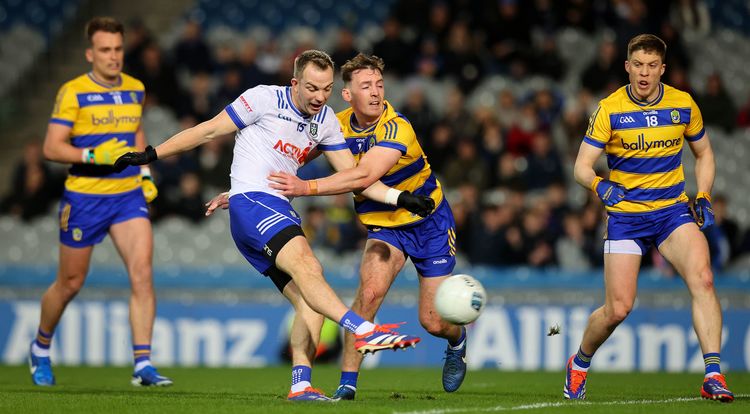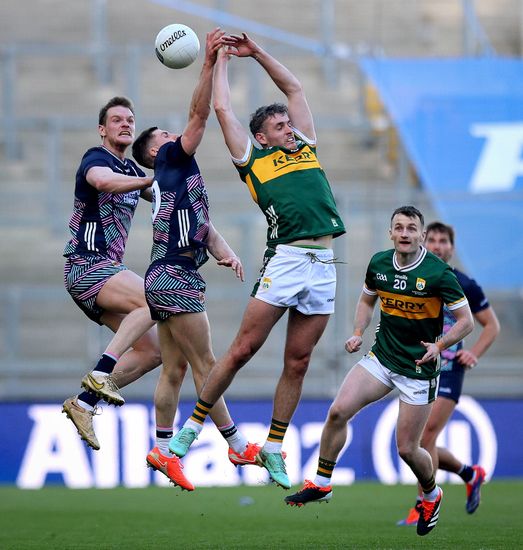The Boston Massacre took place 250 years ago on this day
By Michael Quinlin
Today marks the 250th anniversary of the Boston Massacre, a transformative event in history that launched the road to revolution in the American colonies.
The Massacre took place on a wintry Monday night on March 5, 1770, when British troops fired into a crowd of angry Bostonians, killing five men.
The Boston Gazette summed up the mood of the colonies when it wrote on March 12, “The town of Boston affords a recent and melancholy demonstration of the destructive consequences of quartering troops among citizens in a time of peace, under pretense of supporting the law, and aiding civil authority.”
The Twenty-ninth Regiment on guard that night was actually a battalion of Irishmen who had been conscripted by the British to fight in the colonies. The regiment was described this way: “the average man was over 30, medium tall, and Irish.”
Describing the atmosphere that led to the skirmish, the Boston Gazette wrote, “On the evening of Monday, March 5, several soldiers of the 29th regiment were seen parading the streets with their drawn cutlasses and bayonets, abusing and wounding numbers of the inhabitants.”
The 29th was led by Captain Thomas Preston, and included men named Hartigan, McCauley, Kilroy, Warren, Carroll and Montgomery. It was Preston who ordered his men to present arms to keep the crowd at bay, but the taunting continued until someone panicked and shot into the crowd. Years later, it was revealed that the person who yelled out the fatal call to fire was Hugh Montgomery.
One of the five Bostonians shot and killed was Irishman Patrick Carr. Described by the Boston Gazette as a leather-breeches-maker, Carr worked as an apprentice for Irishman John Field on Queen Street, just a few blocks from the confrontation. He and fellow Irishman, Charles Conno,r heard the shouts and moved toward the scene, according to Connor’s testimony.
The shots rang out just as the two men arrived on the scene and Carr became the last man to be shot.
He lingered for several days before dying of his wounds.
Dr. John Jeffries, a surgeon who took care of Carr in his final days, later testified that “Carr was a native of Ireland, that he had frequently seen mobs, and soldiers called upon to quell them. Whenever he mentioned that, he always called himself a fool, that he might have known better, that he had seen soldiers often fire on the people in Ireland but had never seen them bear half so much before they fired in his life.”
Carr’s testimony was used by the defense team to help exonerate the soldiers.
John Adams, who later became the second U.S. president, was persuaded to defend the soldiers by James Forrest, an Irishman who was a local British loyalist.
"I was sitting in my office, near the steps of the Town house stairs. Mr. Forrest came in who was then called the Irish infant. I had some acquaintance with him. With tears streaming from his eyes he said, 'I am come with a very solemn message from a very unfortunate man, Captain Preston, in prison. He wishes for council and can get none.’"
After a discussion, Forrest offered Adams “a single guineas as a retaining fee” which Adams accepted.
As the trial of Preston and his men loomed, an anti-Catholic dimension emerged. The Boston Gazette revealed that many of the soldiers were Irish Catholics, while the Providence Gazette suggested that Pope's Day, a virulent anti-Catholic event, should take place on the anniversary of the Boston Massacre so as to include Preston and the others in the effigy burning.
During the nine month trial, Adams himself described the Boston mob as "a motley rabble of saucy boys, negroes and mulattoes, Irish teaques and outlandish jack tars."
In total, nine British soldiers were charged during the Boston Massacre trial. Captain Preston and six of his men were acquitted, while two others - Kilroy and Montgomery - were found guilty of manslaughter.
But they invoked a medieval English plea for mercy by reciting Psalm 51, and had their execution commuted. Instead, they were branded with an M for murder on their thumbs and released back to their regiment.
After the event took place, the famous engraving of the Boston Massacre by Paul Revere was quickly printed and distributed widely in the colonies, helping to fan the flames of rebellion.
Revere, famous for the midnight ride to Lexington and Concord in 1775, was a gifted engraver, but he didn’t do the actual drawing. Instead, he used the work of a 21-year-old fledgling artist named Henry Pelham, who was the half-brother of artist John Singleton Copley.
Their mother, Mary Singleton Copley, had immigrated to Boston from County Clare in 1736. Pelham was furious when he learned that his friend Revere had used his illustration without Pelham's permission.
Pelham eventually moved to Clare and worked as a surveyor and land agent. In 1806, he accidently drowned in the Kenmare River when his boat overturned.
In the 1880s an effort to build a Boston Massacre Memorial to honor the victims was led by Irish immigrants John Boyle O'Reilly, Mayor Hugh O'Brien, Patrick Collins and other Bostonians. They got some resistance from certain Bostonians who considered the five victims to have been rabble-rousers.
The memorial was built and unveiled in November, 1888. O'Reilly was called upon to write and recite a poem for the occasion. He entitled it “Crispus Attucks,” a reference to the black man who was the first man shot during the massacre.
Revolution 250, a local organization preparing to celebrate the 250th anniversary of the nation's founding in 2026, is promoting a number of events to commemorate the Boston Massacre this year, this according to Suffolk University history professor and author, Robert J. Allison.
“The Boston Massacre is the first event on the path to Revolution. Over the next six years, Revolution 250 is planning more commemorations of the Revolution, to inspire the next generation of scholars and citizens. It is, as Benjamin Franklin reminded us, a republic, if we can keep it,” Allison says.
For more about Boston's Irish history, visit IrishHeritageTrail.com.








